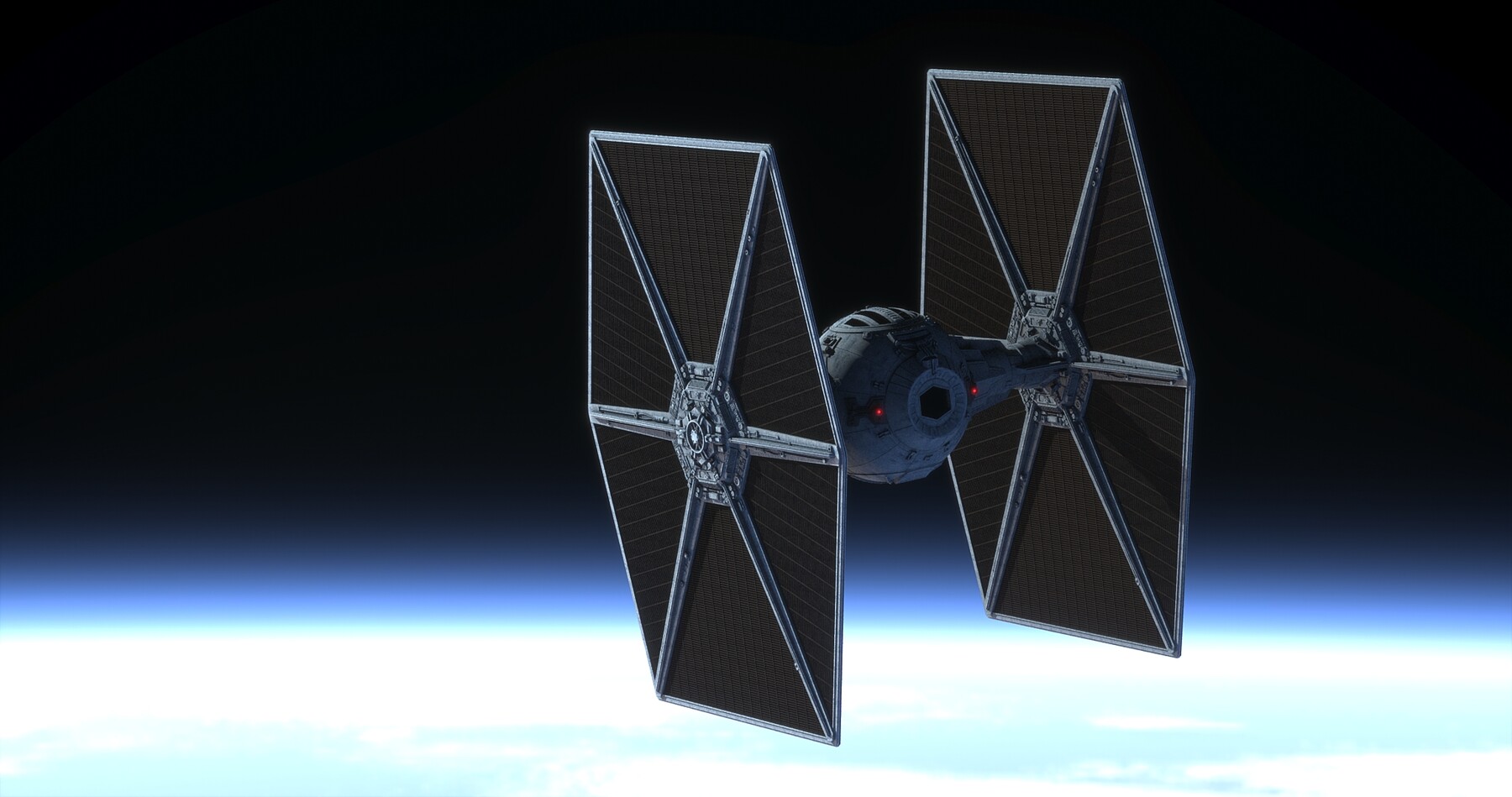NASA hasn't said it officially, but the part of the spacecraft that functions most like a "computer" (it is too old to have a "CPU") is still sending meaningless data, and months after this started happening, NASA's engineers have not been able to fix it.
Part of the problem is that this is the first still-going mission where every single one of the original engineers who designed the mission has died. This guy, in the video below, coined an excellent term, that I believe should catch on, called "spacecraft archeology". That is basically what NASA's current engineers have had to engage in, because they have literally nobody to talk to who was involved in designing the mission.
BTW, this guy's videos are excellent, if you can get past his deep accent. He is very underrated as a YouTube science content creator.







